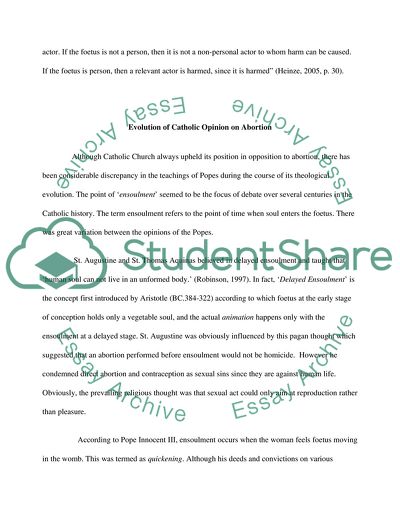Cite this document
(Catholic Perspective on Abortion Research Paper, n.d.)
Catholic Perspective on Abortion Research Paper. Retrieved from https://studentshare.org/religion-and-theology/1728915-the-roman-catholic-church-and-abortion-s-biblical-historical-and-theological-perspective-on-abortion-and-the-moral-character-of-this-act
Catholic Perspective on Abortion Research Paper. Retrieved from https://studentshare.org/religion-and-theology/1728915-the-roman-catholic-church-and-abortion-s-biblical-historical-and-theological-perspective-on-abortion-and-the-moral-character-of-this-act
(Catholic Perspective on Abortion Research Paper)
Catholic Perspective on Abortion Research Paper. https://studentshare.org/religion-and-theology/1728915-the-roman-catholic-church-and-abortion-s-biblical-historical-and-theological-perspective-on-abortion-and-the-moral-character-of-this-act.
Catholic Perspective on Abortion Research Paper. https://studentshare.org/religion-and-theology/1728915-the-roman-catholic-church-and-abortion-s-biblical-historical-and-theological-perspective-on-abortion-and-the-moral-character-of-this-act.
“Catholic Perspective on Abortion Research Paper”. https://studentshare.org/religion-and-theology/1728915-the-roman-catholic-church-and-abortion-s-biblical-historical-and-theological-perspective-on-abortion-and-the-moral-character-of-this-act.


